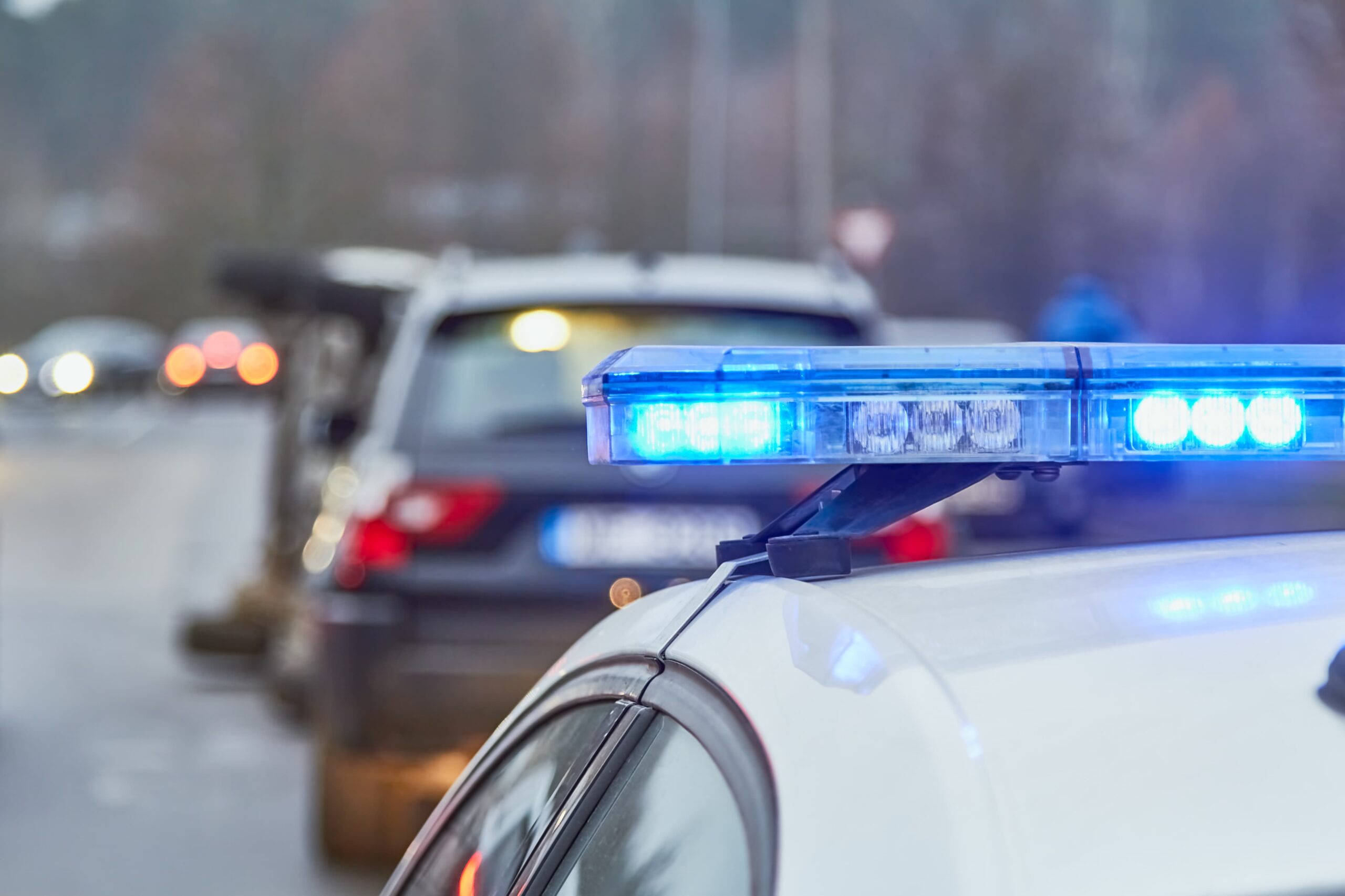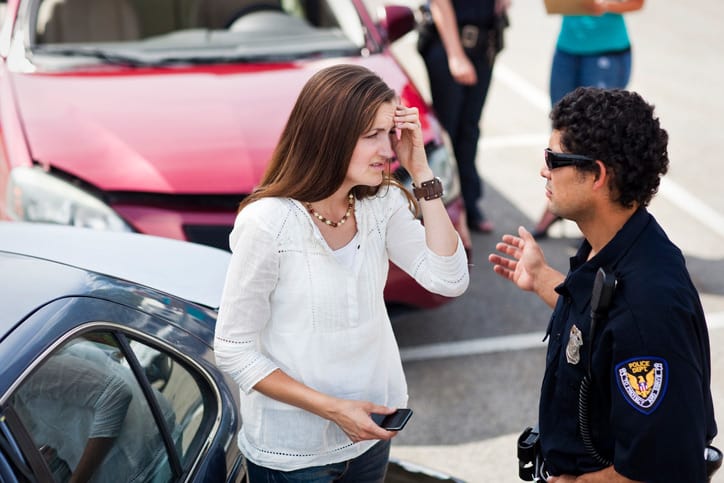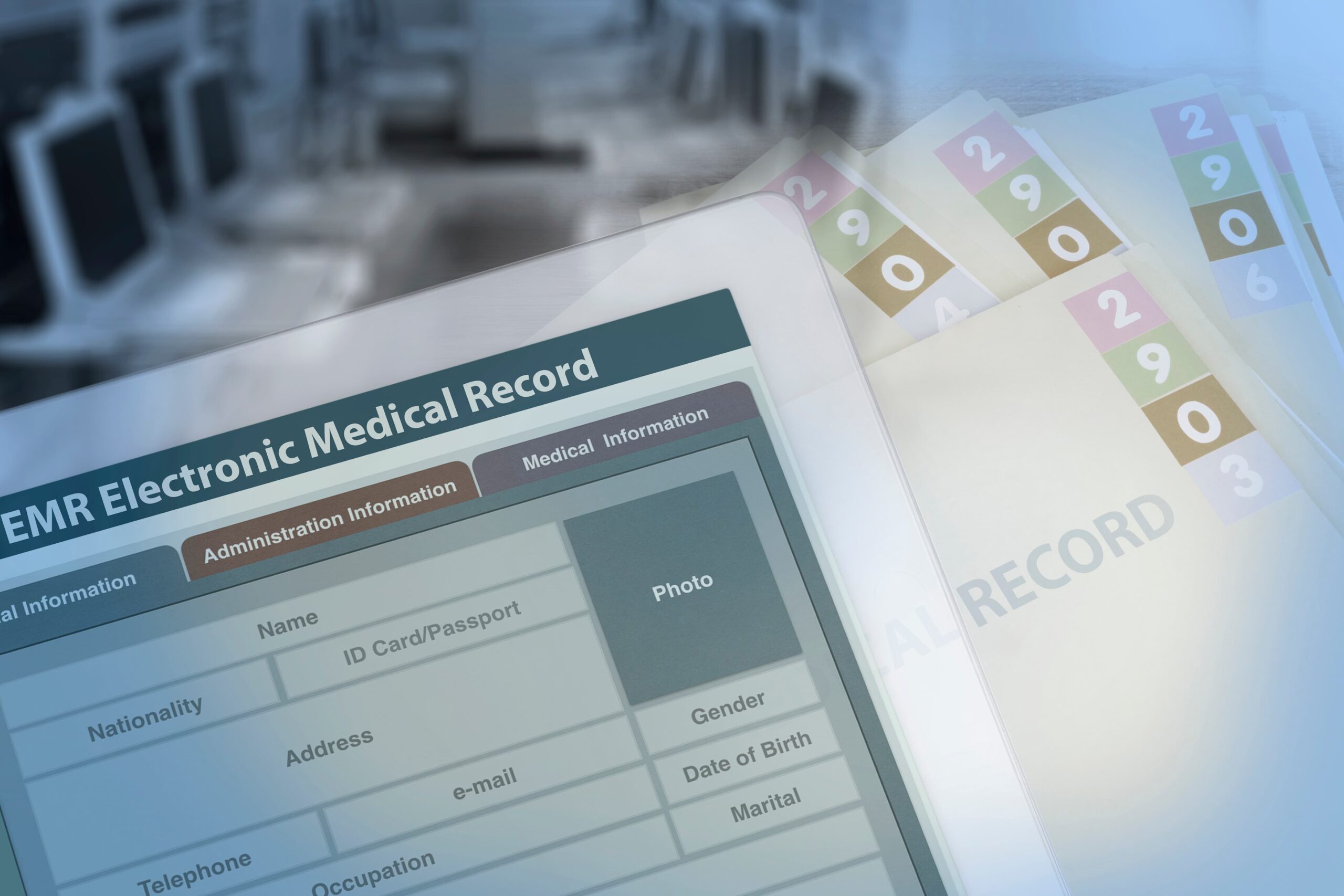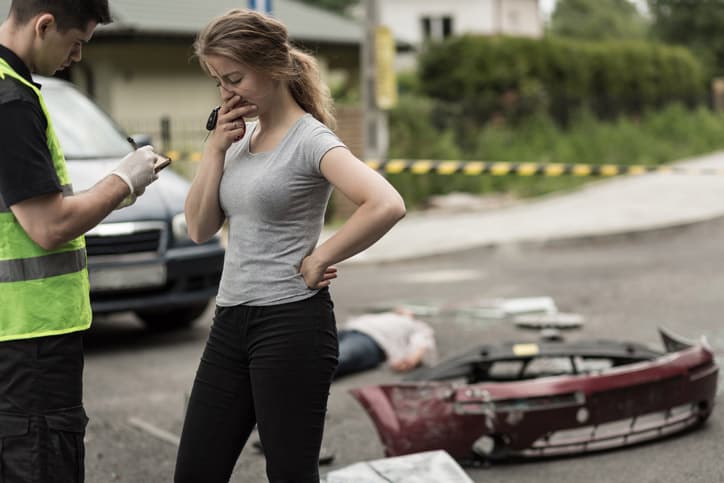Avoiding Car Accident Scams
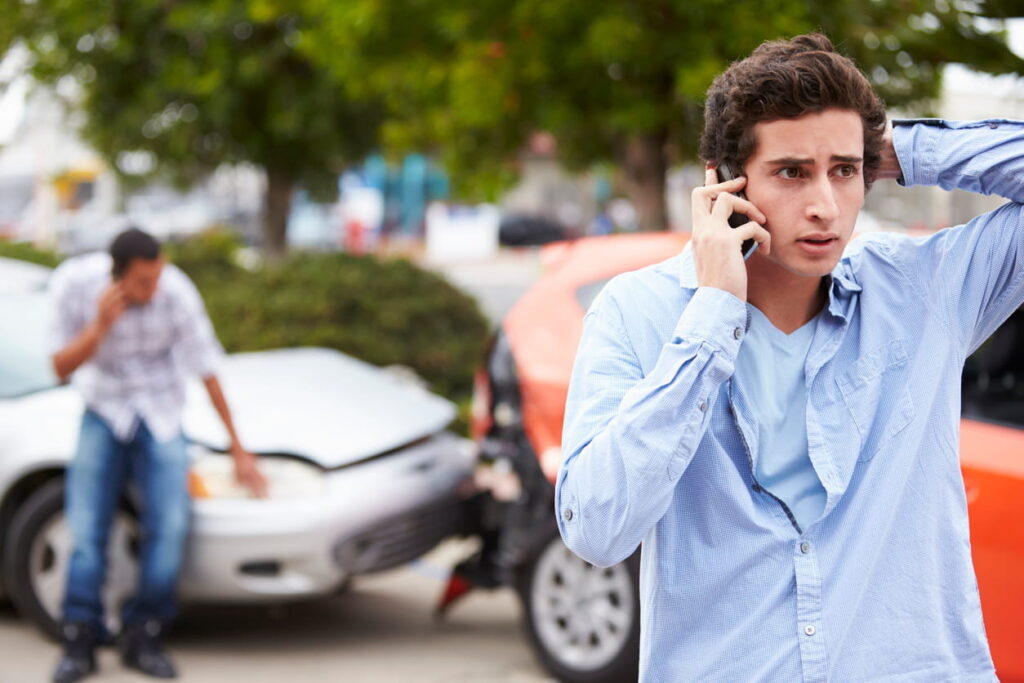
Car accidents are an everyday occurrence. There were 5,250,827 accidents in 2020, including 3,621,681 that only caused property damage.
Since 68.97% of car accidents in 2020 didn’t involve injuries or fatalities, you might think those claims were pretty direct reimbursements to cover the cost of repairs. However, fraud is a factor in approximately 10% of all insurance claims, meaning well over half a million car accidents could result from scams.
Staged car accidents and fraud
Staged car accidents are more common than ever before. As a driver, you need to know what types of car accident scams exist and how to avoid them. Finally, if you believe that you’re the victim of a staged car accident, you need to know what to do to protect your rights and fight for fair compensation. Here’s what you need to know about staged car accidents from our experienced car accident attorneys.
What is a staged car accident?
A staged car accident is where someone makes a car accident happen on purpose. Then, they make an insurance claim. The insurance claim might be based on real injuries, and property damage or the losses may be made up entirely. A staged car accident is an intentional car accident as a way to defraud victims and insurance companies into paying false claims. As a victim, you’re not responsible for paying for a fake car accident claim. However, it’s up to you to show that the claim is fraudulent through witness statements, photographs, and other evidence. A car accident attorney can help if you’re the victim of a fraudulent claim.
Types of staged car accidents
Here are some common types of staged car accidents:
Drive down – A driver motions another car into traffic. The victim may be wanting to turn into oncoming traffic without the right of way, or they may be trying to change lanes. Once the victim begins to move, the driver speeds up and hits the victim. The driver denies that they ever motioned for the victim to enter the lane of travel.
Panic stop – The target victim is in the lane of travel. The offender is in front of them. There’s another person in the offender’s car. The extra person in the offender’s car watches the victim. When the victim takes their eyes off the road for even a second, the passenger gives the signal. The offending driver slams on their brakes, causing an accident.
Side swipe – A sideswipe accident occurs when there are two turn lanes in the same direction in an intersection. The offending driver turns at the same time as the target victim. The offender intentionally sideswipes the victim during the turn.
Swoop and squat – The swoop and squat occurs when an offending driver cuts off the target driver. Then, the offending driver applies their brakes quickly. In the swoop and squat, there may even be a third vehicle involved to block in the target victim so they can’t maneuver around the offending driver. When the accident occurs, the third vehicle disappears.
Fake car accident claims
Colorado Revised Statute (CRS) § 18-5-211 provides the state’s legal definition of insurance fraud. It outlines fraudulent actions taken by individuals, groups, or agents.
Fake claims by individuals
Individuals may provide false information to secure damages from an insurance provider. False claims include fabricated claims. Suppose a person wanted money for a newer vehicle. They abandoned their current vehicle and claimed it was stolen. They’re staging the theft of their vehicle to attempt to justify a false claim with the intent to defraud their insurer.
Individuals also commit insurance fraud by staging accidents and filing claims against another person’s insurance provider.
You could also be in an accident with someone without car insurance. If you’re unsure of your rights, you may not pursue a claim against the at-fault driver because you don’t believe they can pay. The other driver may also try to convince you not to contact the police because they could be charged if law enforcement officers realize they’re driving without insurance. If you don’t contact the police or pursue a claim, you could be responsible for your accident costs and forfeit your right to seek compensation if the uninsured motorist was the at-fault driver.
Contact us for a free case evaluation. The best way to confirm and protect your rights after an accident is to talk to an experienced car accident attorney. We’ll answer your questions and help you avoid common mistakes after a car accident.
Fake claims by agents
Age, location, vehicle type, and driving record impact insurance costs. Still, the average annual auto insurance rate for U.S. drivers with full coverage is $2,014, equaling $168 monthly. If you’re searching for ways to lower your insurance costs, you could sign up with a discount insurance company; however, this makes you vulnerable to scams.
Agent insurance fraud scams can involve offering discount car insurance and signing up clients without creating their insurance policies. In these cases, the agent keeps your money, and you don’t have insurance. You may only find out after you’re in an accident. The National Association of Insurance Commissioners (NAIC) has a database you can search that lists where insurance companies are licensed and provides access to consumer complaints. Choosing a licensed, reputable company is one way to protect yourself from agent insurance scams.
Penalties for insurance fraud
A person guilty of insurance fraud in Colorado may face misdemeanor or felony charges. The penalties depend on the nature of the charges. A person convicted of class 2 misdemeanor charges may spend up to four months in jail and pay a fine of $750. However, a person convicted of a class 5 felony could spend between 12 and 36 months in prison and receive a fine of up to $100,000.
Who prosecutes insurance fraud?
Colorado’s Attorney General prosecutes insurance fraud cases. The Attorney General follows the same principle that applies to all criminal prosecutions. The AG must believe they have sufficient evidence to prove the defendant’s motives in a court of law.
Reporting insurance fraud
If you believe you’re the victim of insurance fraud or suspect someone you know of insurance fraud, you can report your suspicions. Colorado’s Attorney General provides links you can follow to file a report online.
You benefit from reporting suspected fraud, even if you aren’t the victim. Every insured person in the United States pays higher premiums to cover insurance fraud costs. It’s estimated families pay up to $700 more for insurance each year because of fraud.
False car accident claim? Here’s what to do
If you suspect a false car accident claim, what to do begins with notifying the police. You should also tell your insurance company as soon as possible. If you suspect a false car accident claim, what to do should include speaking with witnesses and researching the history of anyone involved.
If a driver has a history of accidents, looking into what happened in those cases can help you prove your claim. Be sure to provide the information and evidence that you have to the insurance company so that they can help you investigate the false car accident claim.
Victim of a staged car accident
A victim of a staged car accident may deserve financial compensation. In addition to compensation for the damages that you sustained in the accident, you may deserve an additional amount to compensate you for the fact that you’re the victim of a staged car accident.
Staging a car accident is a crime; the police may prosecute the person responsible for crimes including assault, malicious destruction of property, and reckless driving. As the victim of a staged car accident, you have the right to give input to the criminal charges brought against the offender.
Assess the scene, remain at the scene, and contact the police after an accident. You should check to see if other drivers and passengers are okay and call an ambulance if required. It’s also a good idea to talk to a car accident lawyer at the scene and exchange insurance information, but avoid discussing the crash or accepting responsibility. Don’t accept the blame because an investigation could reveal factors determining who’s responsible for the accident.
How to avoid becoming the victim of a car accident scam
Here are some ways to avoid becoming the victim of a car accident scam:
- Learn about common scams; know the warning signs
- Investigate the accident for possible scams; trust your intuition
- Be skeptical of any third-party witnesses who appear on the scene and back the story of the other driver
- Don’t accept referrals to attorneys, tow-truck drivers or other people promising help at the accident scene
- Never tailgate; leave extra following distance to have time to react to unexpected circumstances
- Seek video evidence if it exists from nearby businesses, homes or government entities
- Thoroughly investigate your car accident claim including speaking with witnesses
- Share your suspicions with law enforcement and the insurance company
- Consider using a recording dash camera when you drive
Signs of a car accident scam
It’s natural to feel scared and confused after a car accident. You may wonder if you were responsible or question how the accident happened. However, if you can remain calm and focus on the scene, you might notice some signs you’re the victim of a car accident scam. Some common signs of fraudulent activity include the following:
- Blocking: When several drivers work together to stage a car accident, they may block a driver to keep them stuck in the outside line. That means the driver could miss their turn. Suppose a driver trying to switch lanes is stuck and searching for an opening. In that case, they may get distracted, giving the vehicle they’re following an opportunity to slow down abruptly, causing the blocked driver to rear-end them. Make note if you feel blocked on the highway and try to relax and keep your distance from the vehicle in front of you. If you are the victim of this type of accident, memorize the vehicle information of the cars beside you or use your smartphone to take videos and photos of all the vehicles involved once you’re stopped.
- Changing details: Scam artists may change their stories after the accident. Suppose you were in an accident with someone who indicated you should proceed, yielding the right of way to you. If they strike your vehicle and claim they had the right of way, it could be a sign it’s a scam.
- Embellished injuries: People engaged in a car accident scam may exaggerate their injuries. Since personal injury cases include damages for pain and suffering and reimbursement for medical costs and other expenses, exaggerating injuries could result in a higher settlement. Some insurance fraud perpetrators collaborate with medical professionals who provide fraudulent diagnosis and medical bills to increase the claim.
- Pressure: People staging car accidents may pressure you to admit fault or discuss the accident. They may also try to get you to go to a specific medical clinic. This can happen if the scam artist works with medical professionals who help them falsify their claims.
- Staged witnesses: If someone seems to appear out of nowhere and claims they saw the accident, they could be a false witness. Car accident stages often collaborate and may have a witness planted nearby who backs up their partner’s claims, making you believe you’re responsible for the accident.
- Strange behavior: Some drivers are erratic because they’re distracted or intoxicated. However, drivers may also behave strangely if they’re planning to stage an accident. Suppose you’re at a four-way stop and a driver was there before you. That driver indicates you should proceed. However, they start driving and hit your car before you’re through the intersection. They could claim they had the right of way and that you’re responsible for their injuries.
- Swerve and stop: A driver can cause an intentional accident by swerving in front of you and stopping, causing you to rear-end them.
- Unexpected passengers: People staging accidents may have people appear who claim they were passengers in the vehicle. They can claim injuries and receive damages if their claims are successful.
Factors that increase your risk of being targeted by scam artists include gender, age, and location. Scam artists are more likely to stage an accident in an affluent neighborhood because individuals in these neighborhoods tend to have better insurance policies.
Scam artists also try to stage accidents involving young women and seniors. You’re also at a higher risk of a staged accident if you’re driving alone.
What is something you can do to avoid becoming the victim of a staged automobile accident?
Leave plenty of room between yourself and the car you’re following. Many car accident scams involve pulling in front of a driver to quickly apply brakes and cause a rear-end collision. Avoiding tailgating the driver in front of you gives you a cushion for reaction time. Tailgating is something you shouldn’t do to avoid becoming the victim of a staged automobile accident.
Contact our skilled car accident lawyers
Do you think that you may be the victim of a car accident scam? Our attorneys can help. At Bachus & Schanker, LLC, we offer aggressive legal representation for accident victims, including the victims of car accident scams. We’re prepared to investigate your case thoroughly. Let our team fight for your justice. Call us today for a free consultation about your claim.
Sources:
Ayers, R. (2023). How to Tell You’ve Been in a Staged Accident.
Bieber, C. (2023). Car Accident Statistics for 2023.
Col. Rev. Stat. §18-5-211. (2023).
Coleman, S. (2022). Car insurance fraud facts and statistics 2022.
Consumer Insurance Search Results. (2023).
Insurance Fraud. (2023).
Pope, C. (2023). Average cost of car insurance in June 2023.

